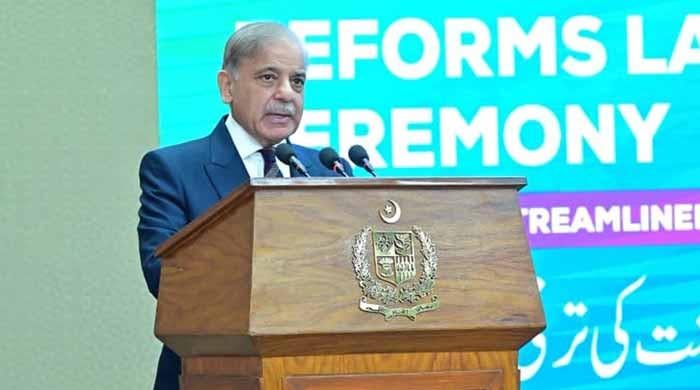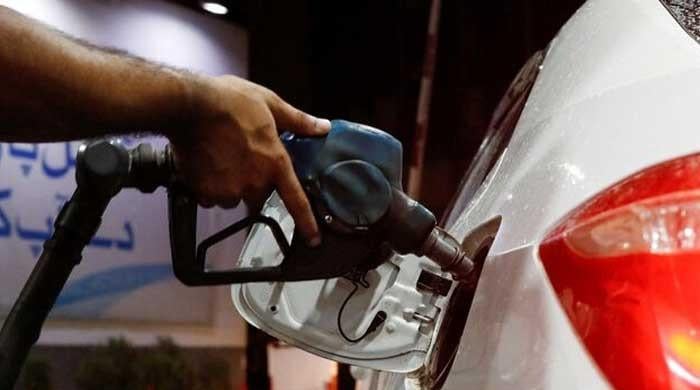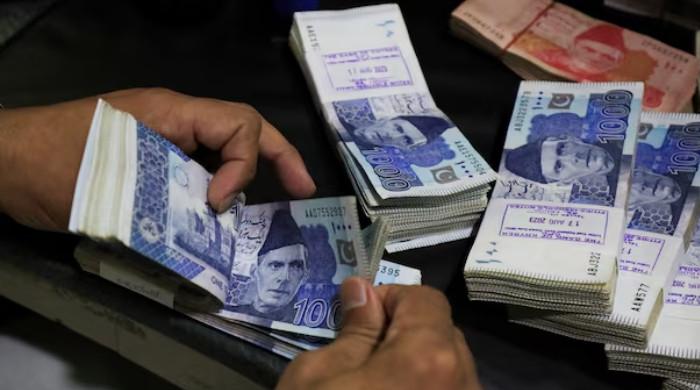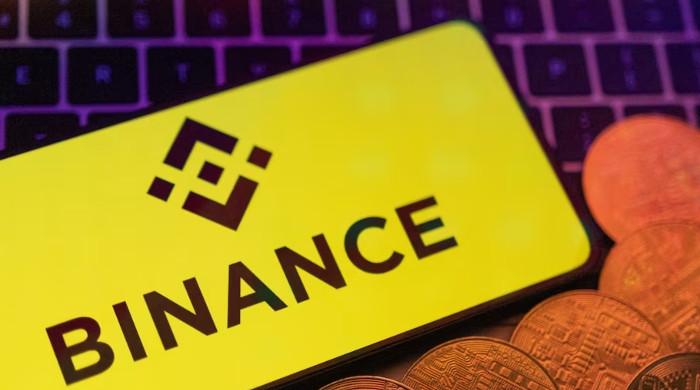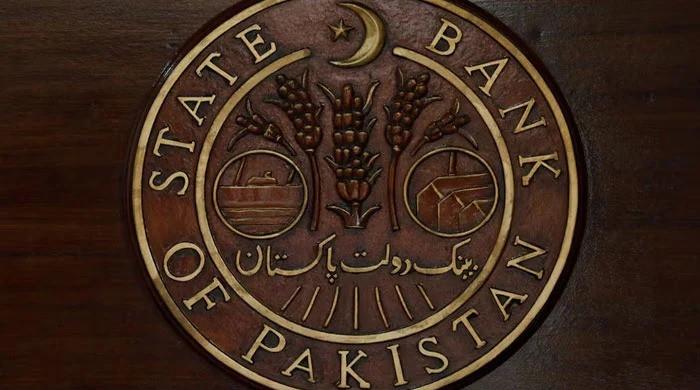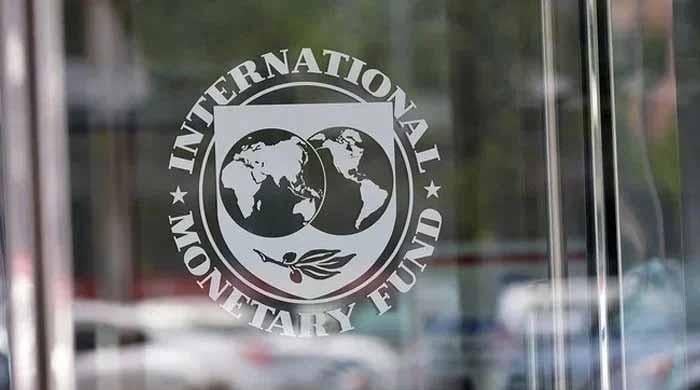Cheap solar power pushes traditional grids to verge of collapse: report
Countries, including Pakistan, South Africa, Lebanon, warn of challenges that arise from popularity of solar panels
May 23, 2025
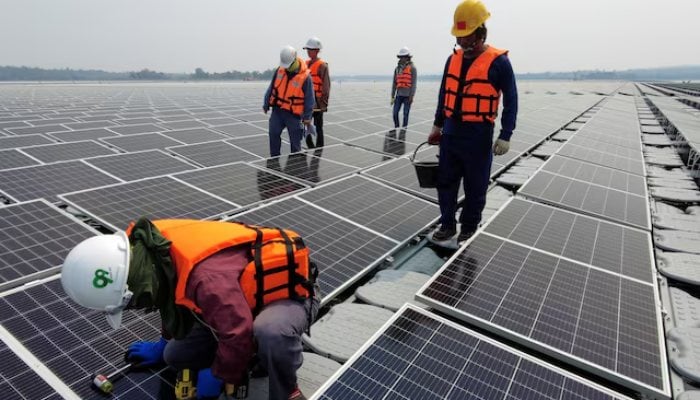
A 200-year-old public utility model which delivers centrally generated power to consumers is facing a significant challenge from the rise of rooftop solar panels.
This shift is particularly evident in Pakistan, which last year became the world's third-largest importer of Chinese solar panels.
While this influx of solar power is a welcome, cleaner alternative to expensive diesel generators and high-cost coal contracts in Pakistan, it's creating a complex problem for the national grid, The Economist reported.
As more businesses and homes generate their own electricity, the fixed costs of maintaining the grid and paying for traditional power sources are being spread across fewer remaining customers, driving up prices and incentivising further disconnection.
This trend is global. South Africa's state-owned energy firm Eskom has inadvertently fuelled a solar boom due to frequent "load shedding", leading to significant financial strain on municipal governments.
Municipal governments have to buy increasingly expensive power from Eskom to sell to consumers. By November, they had unpaid bills of $5 billion, or 1.2% of GD,P with the firm.
Additionally, Lebanon has seen a dramatic increase in solar installations since 2019, with wealthier neighbourhoods in Beirut now covered in panels as state power generation is severely limited.
Even in the United States, high energy prices and blackouts are prompting some to explore off-grid solutions, such as solar panels, batteries and diesel generators, with the cost of such systems falling by around 9% annually.
For optimists, these trends present a vision straight from the green movement of the 1970s when Amory Lovins, an energy analyst, coined the term "soft energy path" to describe a future in which power would be renewable, decentralised and small-scale.
"An affluent industrial economy could advantageously operate with no central power stations at all," he wrote.
While optimists see this as a move towards a decentralised, renewable energy future, challenges remain. Large-scale solar farms are more efficient than individual rooftop systems due to economies of scale.
Moreover, the high upfront cost of solar often makes it accessible only to the wealthy, exacerbating energy inequality.
In Pakistan, this means poorer citizens bear a greater burden of grid costs, while in Lebanon, a lack of regulation has led to a market flooded with low-quality, unreliable solar systems.
According to Jessica Obeid of the Middle East Institute, the lack of regulation in Lebanon has made the country "a dumpster of low-quality solar systems and batteries".
Policymakers are now seeking solutions to integrate solar effectively with existing grids. "You can make solar play nice with the grids," said Jenny Chase of BloombergNEF, a research firm.
In Pakistan, the issue is compounded by high-cost coal power and a billing system that doesn't adequately flex with demand, according to The Economist.
Many solar users rely on the grid as backup, effectively "free-riding" on artificially cheap power when their panels aren't generating. Eliminating incentives like "net metering" could help distribute grid maintenance costs more fairly.
Ultimately, the best solution might involve energy firms adapting to this new competitive landscape. While decentralised energy production is destabilising, it also pushes providers to improve.
Rooftop solar has emerged as a powerful alternative, challenging the long-held concept of a natural monopoly in energy supply.




